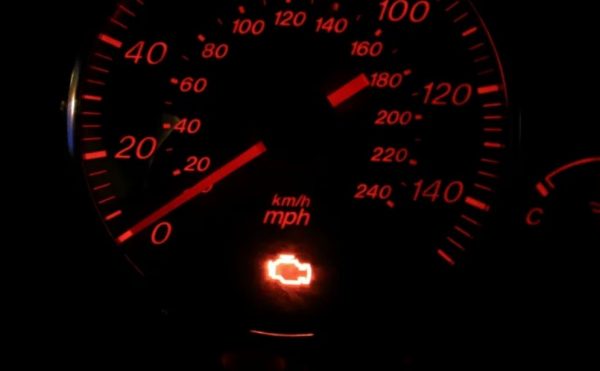
When winter arrives, you need to bring your car in for maintenance to ensure everything still works as it should. This is particularly important if the Check Engine light has turned on. This is an indicator that something has happened to your vehicle, and it could be catastrophic. It may be something as simple as a loose gas cap, or it could indicate a problem with the catalytic converter. You can find all the replacement auto parts on sale after you receive a diagnosis, but when the temperature has dropped, you can expect to following issues to pop up more frequently.
- Dead Battery
When your car’s battery no longer works, you will be unable to turn your car on in the first place. Many people have contended with a battery dying on them when they are out on the road, and it is a scenario you do not want to find yourself in. Most car batteries should last up to five years. Therefore, if yours is getting to the threshold, then you should think about replacing it sooner rather than later. A new battery may cost up to $100, but more than anything else, you want to make sure it is a right fit for your vehicle.
- Failure of Exhaust Gas Recirculation Valve
Many people ask, “What is a tuneup on a car?” A tuneup is when a professional mechanic inspects every aspect of your vehicle, including the exhaust gas recirculation valve. This device is responsible for lowering the levels of nitrogen oxide that is expelled from the car’s engine. It allows the vehicle to run more efficiently. The hot exhaust gases are directed into the combustion chambers, which makes the fuel simpler to burn. It is possible for the valve to get blocked and fail completely. While you can certainly clean the valve, you should prepare yourself for buying a new one if it is beyond repair.
- Vacuum Leak
Your car contains a vacuum system that performs a huge variety of tasks. The vacuum system helps lower all of the harmful emissions that come out of your car, and it allows for the safe operation of the brake booster. You can tell you have an issue with the vacuum when the Check Engine light turns on and your car’s idle settles at a strangely high rpm. First, you need to inspect the vacuum hoses, which crack as they get older. This is more likely to happen during the winter when the temperature outside drops substantially. While you can replace the lines easily enough, you have to locate the source of the problem or else you will have to contend with this issue repeatedly down the road.
It is vital to remember that you never want to ignore a Check Engine light. It could be simple to fix, or you could have to spend over $100 to get your car up-and-running again. For anyone who feels like fixing their car by themselves, all of the components you need can be found with ease at an online auto parts shop.

